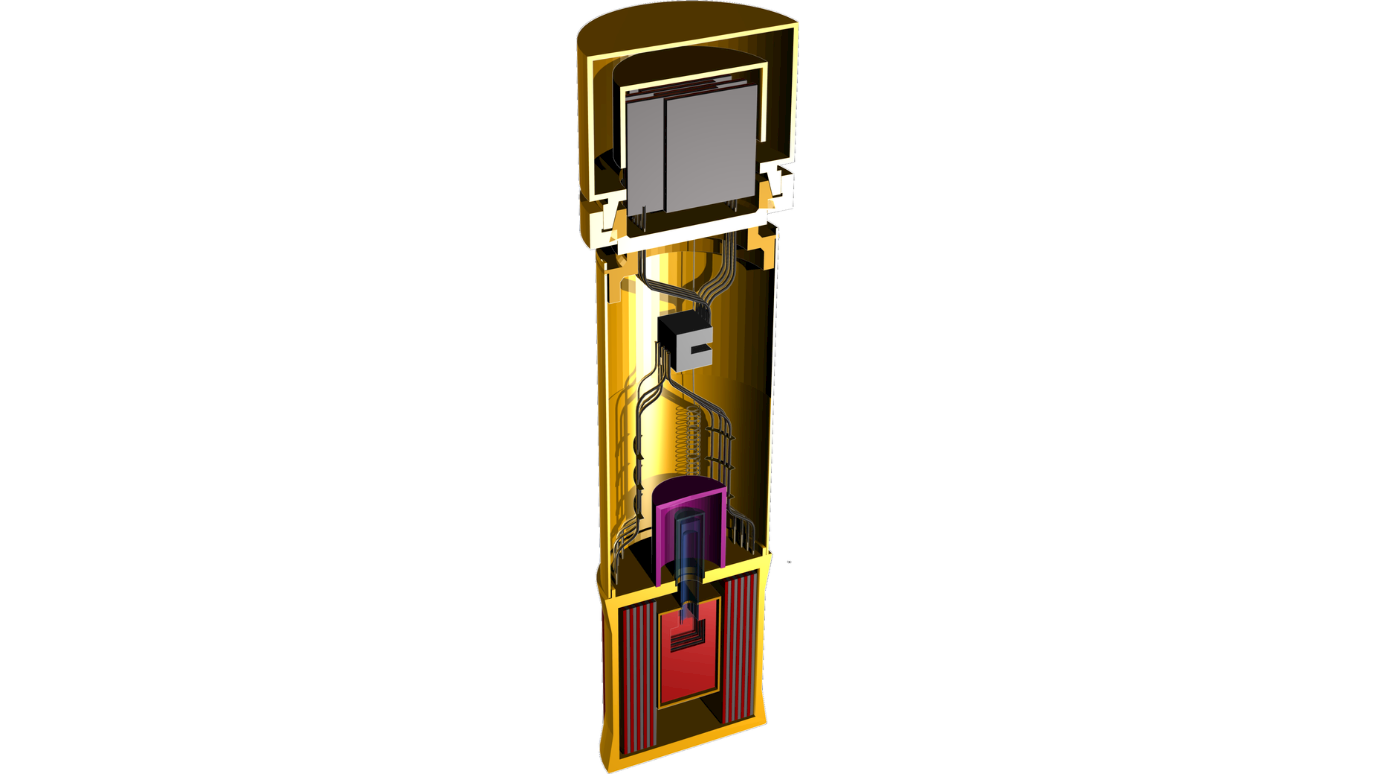Dr Paolo Franchini (Royal Holloway, University of London and Lancaster University)
Several independent observations suggest that there is more mass in the Universe than has been directly observed. Dark matter is a hypothetical new form of matter that does not interact with the electromagnetic field and has a very weak interaction with ordinary baryonic matter. WIMPs (weakly interacting massive particles) are a dark matter candidate currently widely investigated in experiments, but most experiments are constrained to spin-independent interactions in the 10-100 GeV/c2 mass range. QUEST-DMC will use superfluid Helium-3 as a dark matter collision target, aiming to reach the world-leading sensitivity to spin-dependent interactions of 0.1-1 GeV/c2 mass dark matter candidates. Here we discuss a simulation of the superfluid Helium-3 bolometer's impact energy sensitivity, and argue that recoil energy of <10 eV can be detected using nanomechanical resonators and quantum sensors for the readout.
We also investigate the sources of radioactive background at and above this region and their relative importance using the Geant4 particle physics simulations toolkit.
We aim to report on the development of a dark matter bolometer based on these studies and present the preliminary sensitivity results.





















